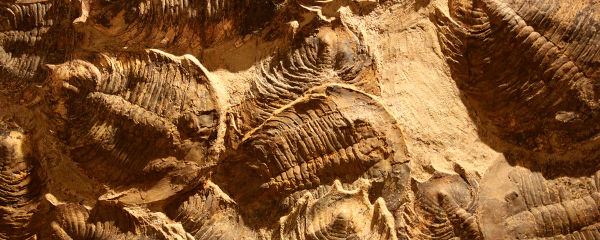What I’ve Learned:
“Ubiquitin: It’s everywhere you want to be (and several places you don’t).”
This is one of those times where you can learn about science by knowing a little English. Like how you figure out the dinosaur brachiosaurus was made out of grandma candy, or that the element proactinium will cure your acne, probably.
Sorry. This time will be better. I promise.
The protein “ubiquitin” was so named, back when it was discovered in the 1970s, because it was ubiquitous — in other words, everywhere. Every tissue scientists studied, every microscope they looked in, ubiquitin was there. Probably with enormous lapels and feathered hair, humming Jim Croce ballads. But it was there. Ubiquitously.
But what is it, exactly? Ubiquitin is a small protein that’s now been found in nearly every eukaryote — that is, most anything more evolved than a bacterium. It’s in most every type of tissue, and its job is to be glommed onto other proteins as a sort of targeted messaging system. Think of ubiquitin as the “Kick Me” sign of the cellular schoolyard.
Basically, it works like this: special proteins produced in our cells latch onto ubiquitin proteins and activate them — like writing the message on the sign. Then the ubiqiutin is hooked onto a different specialized protein in a process called “conjugation”. This gets it ready for the final step, like attaching a piece of tape to the top of the sign.
(Hey, genetics was invented before we had Post-It notes, all right? If you wanted to stick a sign to something back in the old days, attaching the tape was a separate step.
And yes, we walked uphill in the snow to do it, and we liked it. Shaddup.)
The final step, ligation, sticks the ubiquitin to whatever target protein is supposed to receive the message. Sometimes one ubiquitin is slapped on; sometimes, it’s a whole chain, like a bunch of latched-together plastic monkeys. Depending on which, and exactly how they’re hung on, determines exactly what fate lies in store for the poor unsuspecting tagged protein.
The most well-studied kind of ubiquitination (or ubiquitylation, if you’re really going for the Scrabble words, Einstein) involves a chain of ubiquitins strung together in a certain way, then tagged onto a protein. The result? That tagged protein is doomed to destruction. The message here is “Kick Me, Hard“, and the intracellular bullies are happy to comply.
But ubiquitination isn’t always a Mafia-style kiss of death. Some ubiquitin tags lead to a protein’s activation, or to being transported to a different part of the cell. So “Kick Me On”, or “Kick Me Over There”, if you like. It all depends on the message, and how it gets delivered. Uniquitin’s not bad; sometimes it’s just attached that way.
Ubiquitin thus plays a whole set of important roles in cells — keeping materials moving, cleaning up waste and flipping switches throughout a cell’s development. That makes it crucial for survival, and also something for infectious agents (like the flu virus) to try and exploit.
For figuring out the ubiquitin signalling pathway leading to protein degradation, three scientists were awarded the 2004 Nobel Prize in Chemistry. Two of them were from Israel, and the third was a researcher from the United States.
Because of course he was, right? Those guys are everywhere.



